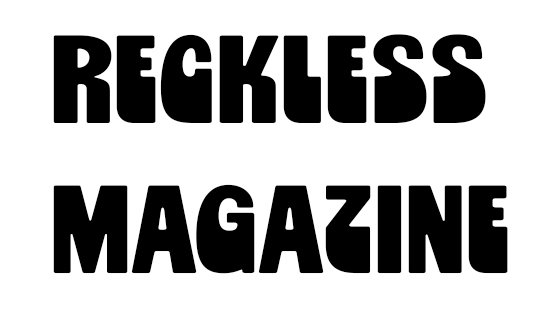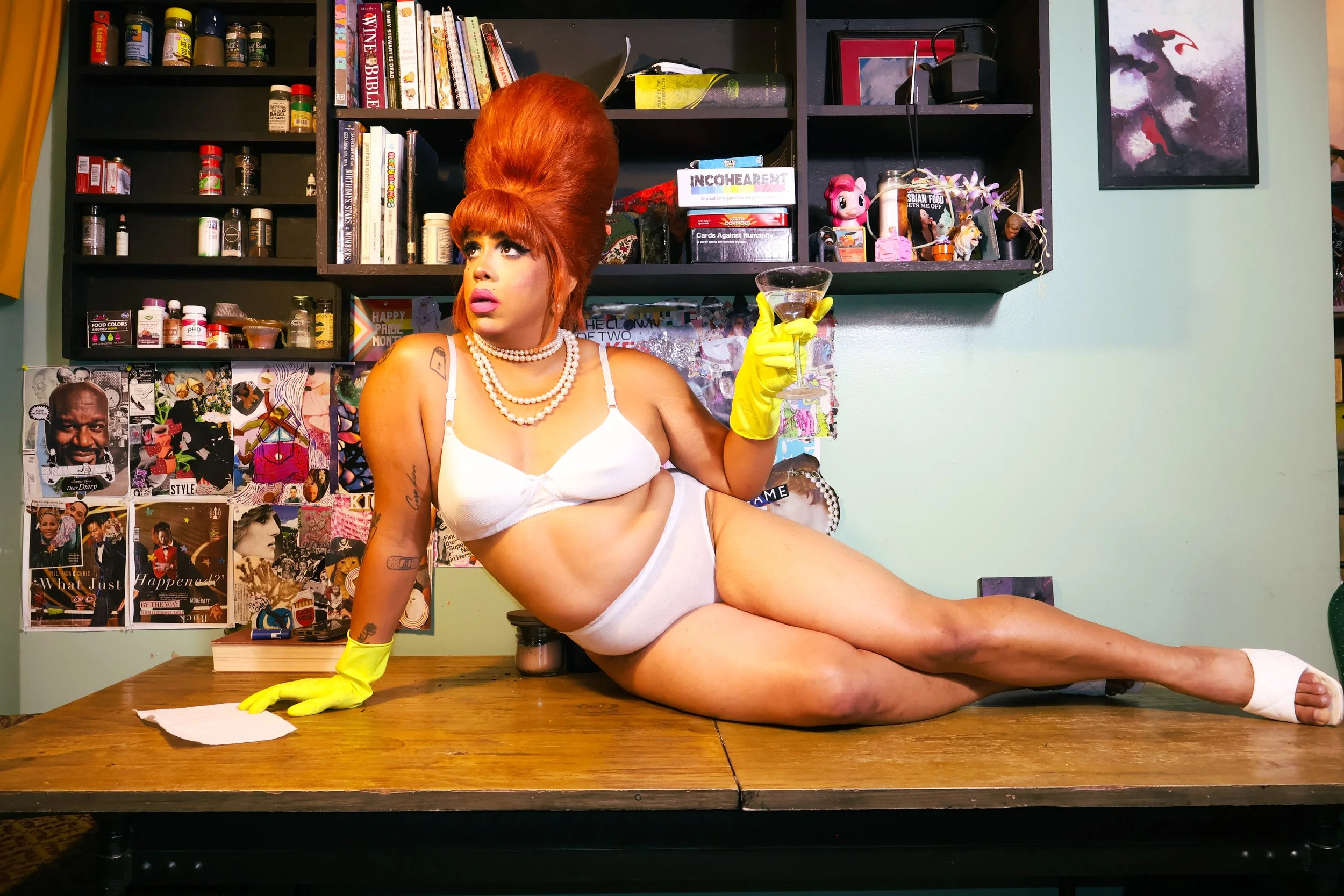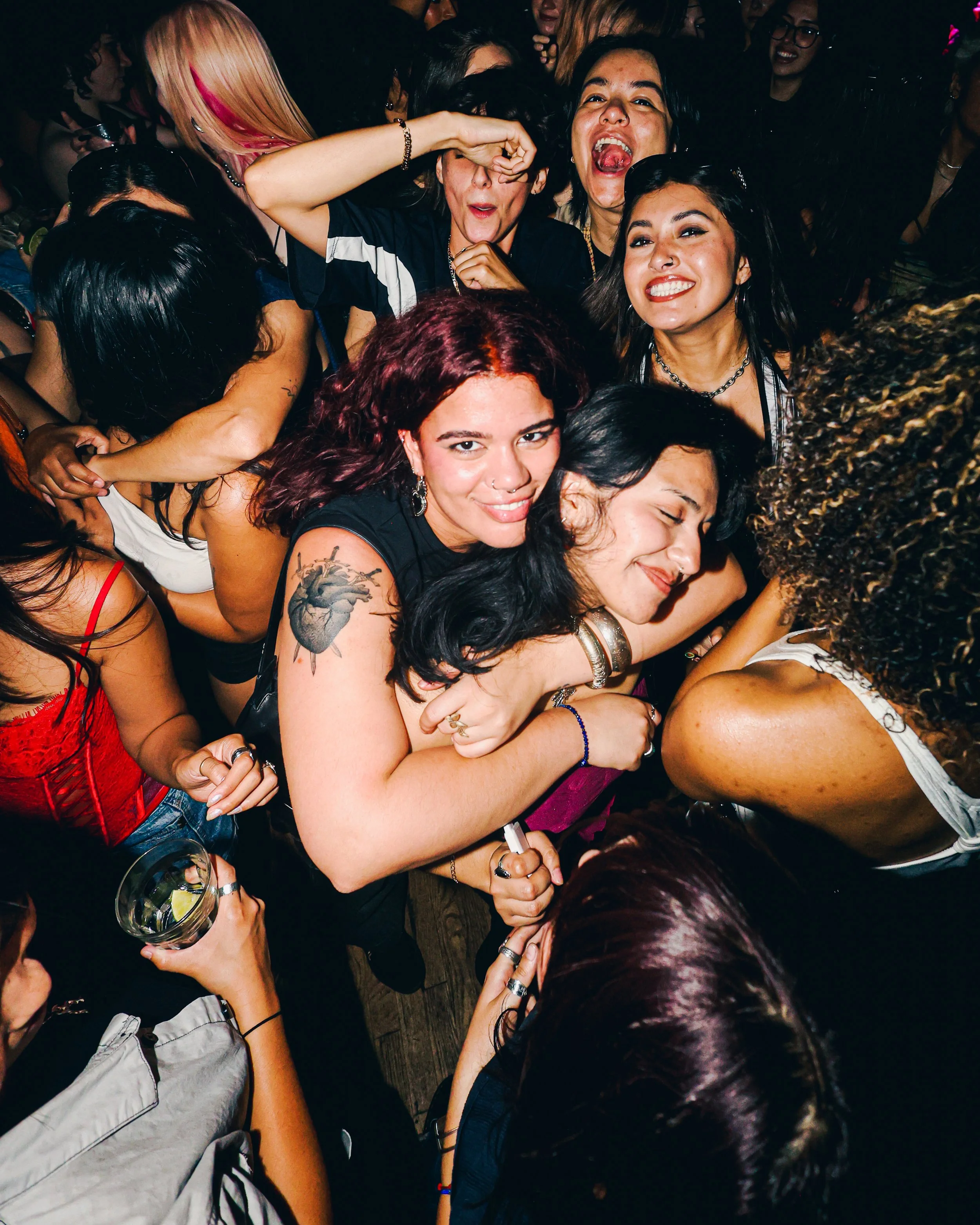Kletztronica

Radical Community and Celebration
Photographs By Jessica O’ Donoghue
A series of underground Jewish raves have been popping up in New York City, fueled by a movement that combines Black American House music with traditional Yiddish folk music called Kletztronica. These raves are an intergenerational, all inclusive safe spaces that brings various Jewish and non-Jewish groups together through dancing, music, and celebration. The raves’ founder, Chaia, opens up about how music genre was created, the importance of its Queer roots, and how the movement strives to serve as a way to stand in solidarity with other marginalized groups.
New York City, USA
What is Kleztronica?
The running definition is: a genre that employs the liberatory techniques of black American house and techno to create queer-anarchist Jewish rave spaces.
It’s Jewish house and techno music embodied in a space: A safe space, a Jewish space (open for everyone), a queer space, an anarchist space, a joyous space, a space of solidarity, a surrealist space.
What inspired you to start Kleztronica?
When I first started creating House music, it often reminded me of my childhood. In the House rave, a space of unbridled dance and joy, I found something that brought me back to the wild simchas Torah dances at my synagogue growing up.
I began experimenting with combining Yiddish field recordings with House grooves, klezmer rhythms with glitching vocal chops, and chassidic melodies with punchy basslines. Gradually, I realized that many of my peers in the klezmer music scene were also experimenting with electronics. I decided to start a series of raves, a movement that would combine House with Yiddish music to create a wholistic expression of Jewish diasporic experience: the Kleztronica movement.
Kleztronica is inspired by the black electronic artists who first created House and techno in Chicago and Detroit. Since its inception in the late 70s, House and techno have provided marginalized groups with not only a creative language, but a cultural music that necessitates space and ritual, in the form of the rave. Where community spaces were stimatized or outlawed, the underground ravespace served as a place of cultural expression and collectivity. Like the rave spaces before it, kleztronica uses House and techno to express an idea of home that has been distorted by colonial ideas of what collectivity should look like.
Kleztronica is also rooted in the queer and underground history of the klezmer revival. In the 70s, many young, queer Jews began digging up recordings of klezmer musicians from Philadelphia, New York, Montreal, and all over Eastern Europe. These revivalists were both inspired by the movements of radical love and cultural embrace of the 60s and interested in the diasporic histories of their families’ musical traditions. As the klezmer revival movement has grown over the years, it has become a home for Jews who might not feel totally at home in other Jewish movements, often because they are queer or anti-state.
What makes Kleztronica unique and different from other dance parties in New York City?
Hmmm… I like to say that kleztronica is similar to other dance parties that embrace radical community and celebration. I love BodyHack, Dweller, Disco Tehran, and other New York parties that are embracing cultural techno and house. At its heart it’s black traditional music, so my Jewish spin on it is following in that lineage of it being folk music.
But I think there are definitely some things you can expect when you walk into a Kleztronica rave that are different from some other shows around the city. First off, there’s going to be traditional circle dancing. And not just like people holding hands and dancing in a circle, but people are doing all the traditional footwork. Getting fancy with it. People have gone up on chairs a few times. It’s great.
Second, we always have some element of non-musical performance incorporated into the other acts. We almost always have drag sets. We’ve had burlesque, we’ve had Jewish comedy. We’ve had VJs. We’re going to have amazing dancing by Hadar Ahuvia in October. It’s a fully interdisciplinary event.
Finally, there are people of all ages there. We’ve had wheelchair rows, the whole thing. I think it’s because klezmer music is such an intergenerational scene. We bring that energy with us to the raves. It feels like home. Bring your family, please.
Also, I should say, just because it’s a Jewish rave that doesn’t mean you have to be Jewish to attend. This is just our way of sharing our culture with you and inviting you to participate! It’s a community affair! And you are part of that community!
How has the rave grown since the beginning?
I honestly didn’t expect it to get this big. I started it as an afterparty to the Yiddish New York festival and I thought maybe a few people would show up. But 300 people showed up and it opened up floodgates. People started messaging me from all over the world saying that they also make Jewish electronic music and sending me stuff. People started reaching out to perform, to participate, to attend. At the last event, someone was there because they heard about it in someone’s living room in Toronto. It’s started this beautiful network.
There’s this magical collective energy now around electronic music. With all these production softwares becoming so accessible in the last 10 years, they’re the new electric guitars. As well as all these black artists, Honey Dijon, Black Coffee, Mandy Harris William (to name a few), really bringing the scene back into public focus. We’re riding that energy.
What have been some joys and challenges of putting together an event like Kleztronica?
A big challenge that I face as an organizer is how to make this space truly inclusive. Ashkenazi Jews are, by an overwhelming majority, white. So creating an Ashkenazi Jewish space often feels like creating a white space. So it’s really important for me to combat that, especially because the space is founded on black cultural elements like house music and rave. Through partnering with BIPOC techno collectives, through working a reparations structure into our finances, through trying to minimize our collaboration with venues that are contributing to gentrification, through running whiteness workshops within our community, I’m working on it. But it’s definitely still a work in progress.
Yael Horowitz has been my partner in thinking about a lot of these things, I’m super grateful for them.
What's next?
Our next event is in late October (tentatively October 21 but stay posted) in Bushwick featuring some of my favorite artists in the scene. We also have a great event planned for December 28 on the Lower East Side.
On the personal side of things, I just recorded an album this weekend with my favorite musicians ever. The album combines house beats, klezmer samples, lyrics inspired by Zoharic mysticism, and the jazz language I studied at music school. It’s all about home, homeland, ancestors, and other trippy things like that. I’m super excited to announce the release date later this year, so stay tuned :)
More broadly, I hope that Kleztronica will continue to serve as a way to stand in solidarity with other marginalized groups and provide the most marginalized people within our community with a voice. I hope it will remain a catalyst for intergenerational collaboration and celebration.
To Keep Up with Kletztronica, Follow @chaialeh
Kleztronica Collective:
Chaia : @chaialeh
Sam Slate (Diva Nigun) @diva_nigun
Ilya Shneyveys (DJ Shney): @djshney
Beila Ungar: @beilas
Lucy (Sir Cum Sized): @sircumsizeddrag
Yael Horowitz: @_forthearchive
Aani Kisslinger (AANI): @aanicreates
Eli Berman: @_eliberman_
Sam Day Harmet and Celeste Cantor-Stephens (Shabbos Ranks): @prettymuchsamday and @celestestrumpet
Abbie Goldberg (Chava Goodtime): @chava_goodtime
Eleonore Weill: @eleonoreweill
Ash: @soundofautumnleaves
Hadar Ahuvia: @primaahuvian
Josh Dolgin (SoCalled): @socalledentertainment
Kopl Hirsch: @koplbear613
Kletztronica Organizational Partners:
Clear the Floor Collective: @clear.the.floor
Yiddish New York: @yiddishnewyork
Borscht Beat: @borschtbeat
Shtetl Berlin: @shtetlberlin
Boston Worker’s Circle: @bostonworkerscircle
KlezCummington
Glyk Theater Collective: @glyk_kolektiv





